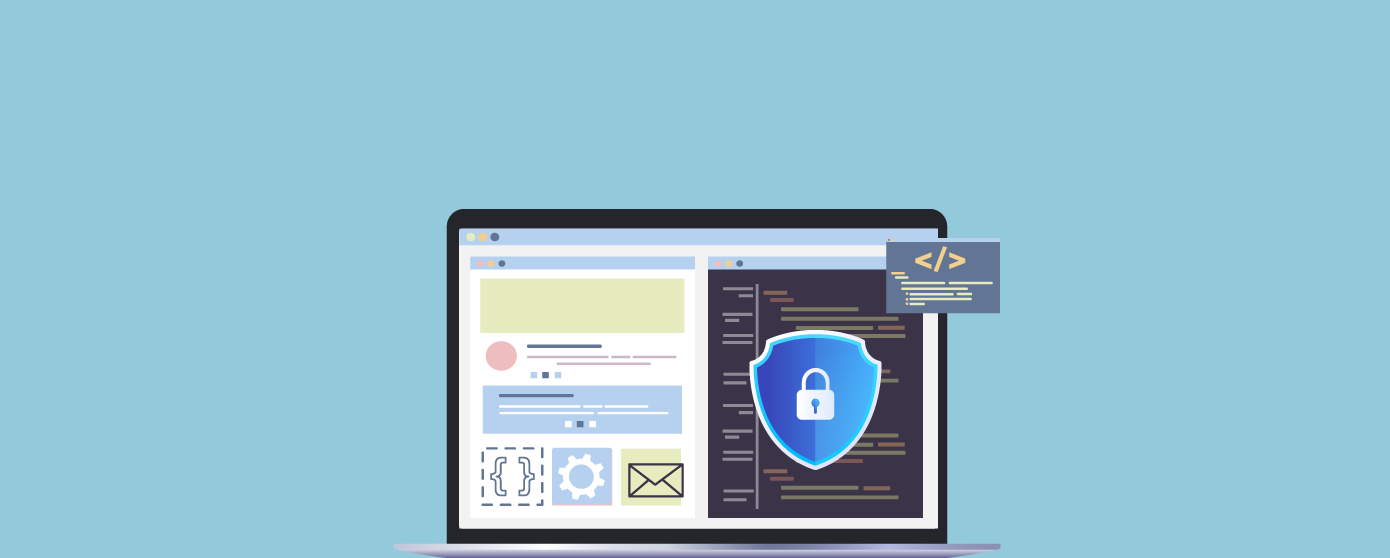
Organizations of all kinds are adopting SaaS owing to efficiency and productivity gains. But SaaS apps and services increase the security challenges significantly. Without the cushion of secure on-premise networks and devices, a much higher risk of data breaches facing organizations of all kinds. And data breaches are costly – financially and reputationally. How to secure SaaS applications without the protective shield of controlled data access, secure networks, and protected devices? This is one of the top challenges for organizations to figure out.
This article delves into the security challenges associated with SaaS applications, followed by the SaaS application security best practices.
Software-as-a-Service or SaaS applications have become the lifeline for the new hybrid and remote working models. But they are also leading to a rise in shadow IT and rogue apps that the IT security team may not even know exists. These apps can be accessed anywhere and from any device, widening the attack surface.
The security of your SaaS-based applications is only as good as your service/ software providers. Suppose your third-party SaaS providers do not take security seriously or do not effectively protect their products/ infrastructure. In that case, your IT infrastructure is put at a high risk of cyberattacks and data breaches.
Some of the biggest SaaS application security risks stem from the lack of transparency and visibility, especially regarding backend processes, data location, and storage.
How are they protecting data? How secure is the multitenant environment? and so on are important questions to ask the vendor as they impact your security.
One of the critical ways to face the challenge of ‘how to secure SaaS applications’ in the present and the future is by choosing your SaaS providers carefully. Take your time to vet the vendor, understand the security mechanisms and controls, and rigorously and thoroughly. Do not compromise on compliance certifications such as PCI-DSS, GDPR, etc. These certifications tell you that the SaaS provider is invested in security.
But do not stop with the one-time vetting of SaaS providers. Continuously monitor and regularly audit to ensure they maintain the highest security standards amid the rapid changes.
Secure product engineering and development help you address the ‘how to secure SaaS applications?’ at a much earlier stage. By baking security into the SDLC stages, you will be able to detect and fix vulnerabilities and misconfigurations before they spiral into bigger challenges in production. You can ensure security by design through secure coding and secure components in your SaaS-based applications.
As organizations leverage and deploy more SaaS apps, login credentials are lucrative targets for attackers, and passwords are insufficient to authenticate users. More robust authentication measures, including strong passwords, multi-factor authentication, single sign-on, etc., are necessary.
One of the important aspects of SaaS-based applications is the ability to deploy them rapidly. This agility leads to new, unexpected usage. This needs to be closely monitored and documented using manual data gathering methods and automated tools. The new usage is to be added to a reliable inventory of assets and services deployed by the organization.
SaaS models bring a whole new set of vulnerabilities that enable attackers to gain unauthorized access to the infrastructure and do their bidding. So, SaaS apps and services need to be included in your organization’s rigorous, ongoing vulnerability management processes. This will help harden the security posture more effectively.
SaaS application security threats can be prevented by integrating real-time threat detection and protection. Using behavioral analysis, you can easily distinguish between good and bad/ malicious requests through granular traffic monitoring, preventing a whole host of known and emerging threats. It offers 24×7 visibility into the security posture in the face of the rapidly evolving threat landscape, enabling you to become proactive about security.
This is important from the compliance, privacy, and data security perspectives. In drafting the data retention policies, understand what data needs to be retained and how long. Put mechanisms to delete customer data after the specified time period programmatically. Remember, non-compliance comes with exorbitant fines.
Stringent access controls based on the principles of least privileges need to be enforced for heightened SaaS security. This helps you segregate users and ensure that they get access to only necessary data for their roles within the organization. It makes it easier to monitor user-level data security.
The Way Ahead
These 8 best practices will help you get started with SaaS application security. Enlist the services of SaaS security experts like Indusface to build security policies with surgical accuracy to address your unique contexts and security challenges.
Stay tuned for more relevant and interesting security articles. Follow Indusface on Facebook, Twitter, and LinkedIn.
This post was last modified on November 7, 2023 12:14
A Managed WAF is a comprehensive cybersecurity service offered by specialized providers to oversee, optimize,… Read More
Explore crucial tactics like Asset Inventory, Patch Management, Access Control & Authentication, and additional best… Read More
Delve into the data privacy questions including consent protocols, data minimization strategies, user rights management,… Read More